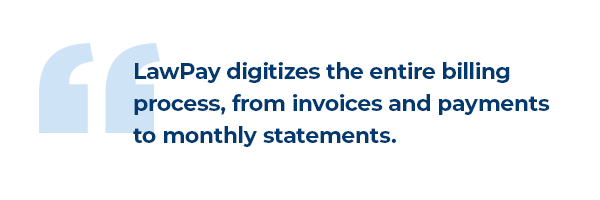
If most companies want to go paperless, and the technology is there, why are they increasing their paper usage? The short answer is that it’s easier.Ĭreating a paperless environment means changing the way your business is run in both big and small ways. Changing the way we consume information can save both company resources and improve the environment.Ībout 80 percent of businesses say that they want to decrease their paper usage. Environmental Protection Agency, 45 percent of the paper used in an office is discarded within a day. Not only is our consumption higher as a society, but a lot of it is purely wasteful.Īccording to the U.S. What’s surprising is that statistically, we’re using far more paper. Modern offices have the means to use far less paper. The phrase “paperless office” started as a marketing slogan before it could possibly be a reality. The idea of doing business, both personal and professional, without using any paper was a sort of prediction of the future brought about by the invention of computers. It was first mentioned in a Business Week article called “The Office of the Future” in 1975.īack then, the technology to take any actionable steps toward a paperless office didn’t exist. Where did the paperless office idea start? Oddly enough, the idea was well ahead of its time in terms of technology. In cases where paper documentation is the norm, phasing it out might be a lengthy process. Certain industries use more paper than others.

If other businesses and clients work with paper, it can take a long time to phase in a paperless company structure while communicating effectively with outside partners. Though many have started to cut down on processes that use paper, there are still areas where paper is useful and even necessary. This guide will lay out the benefits and strategies to cut your paper use and improve your bottom line. You need to develop a comprehensive strategy, and the entire company needs to commit to new protocols to make the endeavor a success. But to make that leap, you need to understand the benefits so that you can communicate them to your board, shareholders, employees, and other stakeholders. Today we have the technology to create a paperless environment. Then there are the costs of paper supplies and, of course, the cost to the environment. Some of those documents contain sensitive information, which means that they can’t just be discarded - you have to pay to store or destroy them. That’s not even the tip of the iceberg with costs, though.Įmployees spend hours filing (and locating) paper documents, and companies need space to house file cabinets for those paper copies. This might include printing, copying, faxing, and scanning. Your paper consumption means lost hours creating documentation.

Why? There are a few reasons, but the biggest one is the fact that human beings resist change.ĭoing everything digitally means learning new protocols. The concept of a paperless office has been around for decades, but most workplaces still use a lot of paper.


 0 kommentar(er)
0 kommentar(er)
